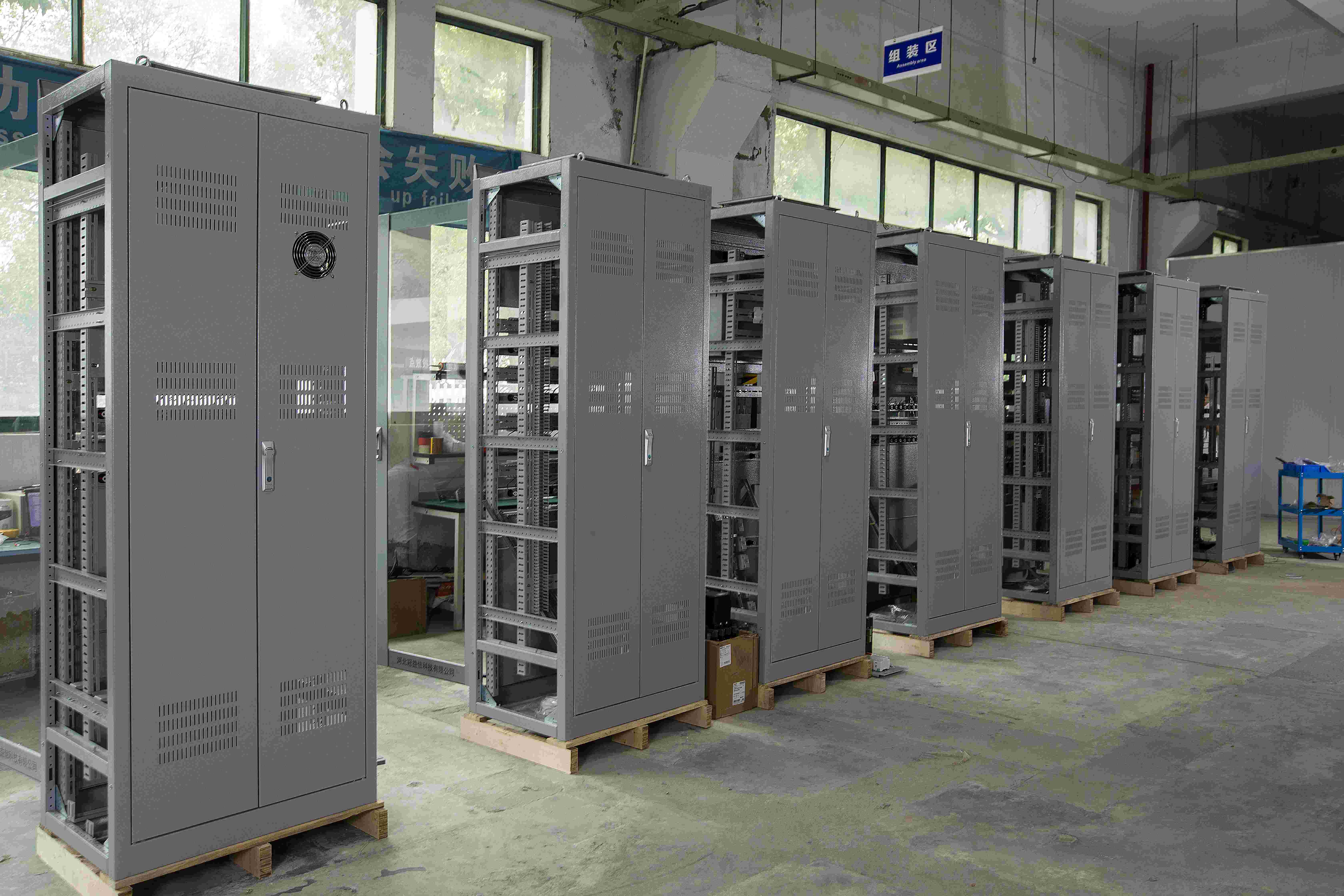
1 月 . 22, 2024 15:16 Back to list
6 Key Storage Technologies for Renewable Energy
With high dependence and rapid depletion of finite fossil fuels, renewable energy sources are the future. This requires proper storage technology, so when excess energy is produced it can be stored for later use. In addition, renewable energy storage technology is key in balancing energy demand. These include 6 key storage technologies for renewable energy:
- Batteries – emits electrical energy through converting stored chemical energy.
- Pumped hydropower – uses water to create large-scale energy reservoirs.
- Hydrogen – electrolysis of excess electricity into hydrogen and stores it.
- Flywheels - stores energy generated from gravitational movement.
- Compressed air energy storage (CAES) - energy generated at one time can be stored for later use.
- Pumped heat electrical storage (PHES) – stores excess energy and produces electricity on demand by capturing heat and cold.
C&I Energy storage solution Self-Cooling- EN-215
1. Batteries
Batteries convert chemical energy into electrical energy by using electrochemical cells. A chemical battery stores energy from a generator in chemical form by causing reactions in electrochemical compounds. In demand, electricity is released from the battery into the smart grid through reverse chemical reactions. Batteries also optimize multi-source power by accounting for renewable energy sources. For example, battery management systems in electric vehicles can act as a power bank through battery management systems to store and supply power to the smart grid.
2. Pumped Hydropower
Pumped hydropower is the most established energy storage technology. It stores energy as water from a lower reservoir into a higher reservoir by pumping lower-cost electricity from the grid during periods of low demand. Like conventional hydropower stations, the stored water is released through turbines during high electricity demand periods. As well as its storage capacity, hydropower pumps can help balance the supply and demand of energy, among other grid services.
3. Hydrogen
Hydrogen energy storage uses electrolysis to convert electricity into hydrogen, which is stored and then re-electrified. This is the least efficient energy storage technology amongst others. Aside from its lower conversion efficiency, a benefit of hydrogen is its large storage capacity compared to others.
4. Flywheels
Flywheels is a type of mechanical energy storage system that stores electricity in the form of kinetic energy. Flywheel energy storage systems have a rotor that spins at high-speed velocity and connects to a device that can act as a generator to release electricity on demand or a motor to store energy. Flywheels benefit from being extremely durable with excessive energy density which lets them run often with minimal impact on long-term performance.
5. Compressed Air Energy Storage (CAES)
Compressed air energy storage (CAES) generates energy with intent of storing it at one time for later use. It pressurizes air or gas to store energy in underground, air-tight space, and releases electricity through a turbine by heat expansion. It is used to balance the grid and offset demand peaks by storing energy at off-peaks to meet high peaks.
6. Pumped Heat Electrical Storage (PHES)
A pumped heat electrical storage (PHES) system stores surplus of energy from renewables or waste heat for later use of heating, cooling, or power generation. It connects two large thermal stores and uses electricity to operate a storage engine. Electricity is stored by using a heat pump to transfer heat from the cold store to the hot store. Energy is recovered through reversal to become a heat engine that delivers waste heat from the hot store to the cold store.
-
FREMO Portable Power Station High-Capacity, Lightweight & Reliable
NewsMay.30,2025
-
24V DC Power Supply Certified & Efficient Home Depot Exporters
NewsMay.30,2025
-
12V 2A DC Power Supply for Home Depot Trusted Supplier & Exporter
NewsMay.29,2025
-
Energy Storage Power Station Solutions Reliable & Efficient Products
NewsMay.29,2025
-
Portable Power Station R100 High-Capacity & Reliable Backup Power
NewsMay.29,2025
-
Energy Management System EMS
NewsMar.07,2025



